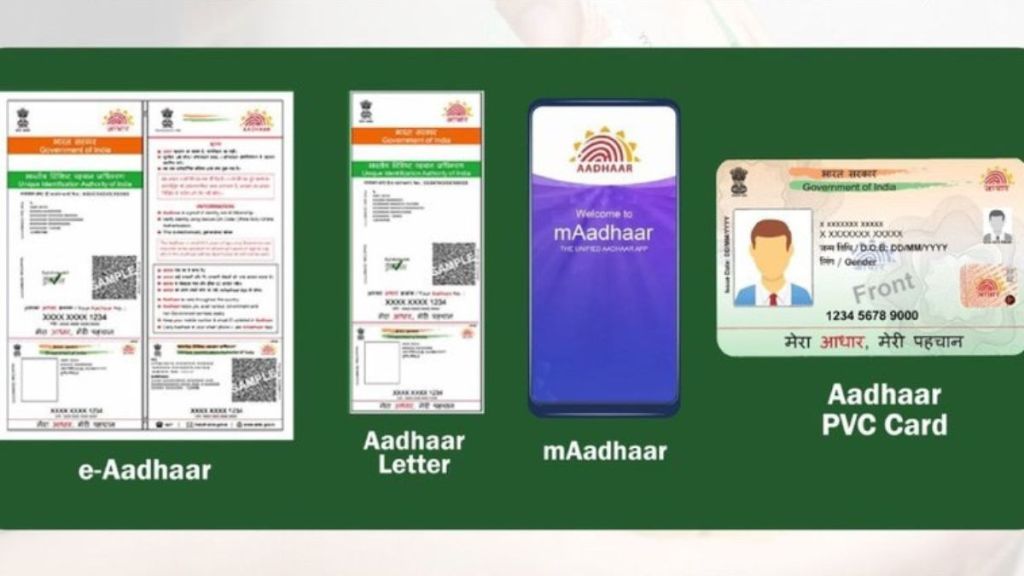The Employees’ Provident Fund Organization (EPFO), under the Ministry of Labour & Employment, Government of India, issued a significant circular (No: WSU/2024/1/UIDAI Matter/4090) on January 16, 2024. The circular announced the removal of Aadhaar from the list of acceptable documents as proof of date of birth (DoB). This decision followed a directive from the Unique Identification Authority of India (UIDAI) as detailed in Circular No. 08 of 2023.
Detailed Analysis
Here’s a detailed analysis of the circular to understand:
1. UIDAI’s Directive (Circular No. 08 of 2023): The UIDAI observed that Aadhaar was being considered as proof of DoB by various entities. Aadhaar, while a unique identifier, was not recognized as proof of date of birth according to the Aadhaar Act, 2016. The UIDAI emphasized that Aadhaar provided identity verification, not proof of birth.
2. EPFO Circular and Implementation: EPFO’s circular, in response to UIDAI’s directive, removed Aadhaar from the list of acceptable documents for correcting the date of birth. The circular highlighted that Aadhaar’s removal pertained to Table-B of Annexure-1 of the Joint Declaration SOP issued earlier. The decision was made with the approval of the Central Provident Fund Commissioner (CPFC).
3. Legal Implications and UIDAI’s Clarifications: UIDAI’s circular referred to the Aadhaar Act, 2016, and regulations governing the enrolment and update processes. The office memorandum of December 20, 2018, explicitly stated that Aadhaar was not proof of date of birth. Recent judgments, including the one by the Bombay High Court, reinforced that Aadhaar could not be considered as proof of birth.
4. Communication to AUAs/KUAs: UIDAI’s directive was communicated to all Authentication User Agencies (AUAs) and Know Your Customer User Agencies (KUAs) through Circular No. 08 of 2023.
5. EPFO’s Internal Communication: EPFO’s circular was directed to all ACC (Zones), RPFC (Regional offices), and Office in charge of ROs, ensuring widespread implementation.
6. Necessary Modifications: Internal System Division (ISD) was directed to make necessary modifications in the application software to align with the updated guidelines.
Conclusion: The removal of Aadhaar as proof of date of birth by EPFO aligned with the UIDAI’s directive and the legal stance on Aadhaar’s limitations. EPFO members and entities involved in date of birth corrections were advised to be aware of this change. The UIDAI’s emphasis on Aadhaar’s role in identity verification rather than proof of birth had legal backing, reinforcing the need for accurate documentation. This development reflected the evolving landscape of identity verification and underscored the importance of staying compliant with the latest regulatory updates.

